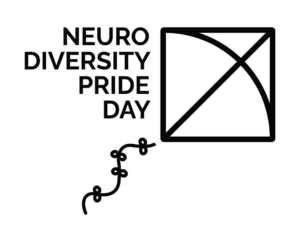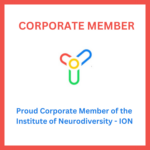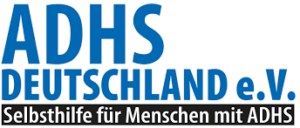Neurodiversity is a kaleidoscope of unique traits, talents, and perspectives that shape the human experience in countless ways. Within this rich tapestry, conditions such as ADHD, autism, and dyslexia stand out as examples of the diverse ways in which our brains can be wired. While these conditions share certain characteristics, they are also profoundly individual, manifesting in a wide spectrum of strengths, challenges, and interests. In this article, we’ll explore why ADHD, autism, and dyslexia are so individual and why individuals with these conditions can have diverse and unexpected passions, such as a love for concerts.
- Unique Brain Wiring: One of the key reasons why ADHD, autism, and dyslexia are so individual is the unique way in which each person’s brain is wired. While there may be commonalities among individuals with these conditions, such as difficulties with attention, social interaction, or reading, the specific patterns of brain activity and connectivity can vary widely from person to person. This individualized brain wiring contributes to the diverse range of strengths, challenges, and interests seen in individuals with ADHD, autism, and dyslexia.
- Spectrum Nature of Conditions: ADHD, autism, and dyslexia are all spectrum conditions, meaning that they can manifest in a wide range of ways and severity levels. Within each condition, there is incredible variability in symptoms, behaviors, and abilities. For example, one person with autism may have significant difficulties with social interaction and communication, while another may excel in these areas but struggle with sensory sensitivities. This spectrum nature highlights the individuality of each person’s experience with these conditions and underscores the importance of recognizing and celebrating neurodiversity.
- Co-occurring Conditions and Strengths: It’s also important to recognize that individuals with ADHD, autism, and dyslexia often have co-occurring conditions and strengths that further contribute to their individuality. For example, a person with ADHD may also have dyslexia and exceptional artistic talent, while someone with autism may have ADHD and a remarkable aptitude for mathematics. These co-occurring conditions and strengths add layers of complexity to each individual’s experience and shape their unique interests, passions, and abilities.
- Personal Experiences and Environment: Finally, the individuality of ADHD, autism, and dyslexia is influenced by personal experiences and environmental factors. Factors such as upbringing, education, access to support services, and societal attitudes can all impact how these conditions manifest and are experienced by individuals. Additionally, personal interests, hobbies, and passions play a significant role in shaping each person’s identity and sense of self. For example, a person with autism may have a deep passion for music and find solace and joy in attending concerts, despite challenges with sensory sensitivities or social interaction.
In conclusion, ADHD, autism, and dyslexia are incredibly individual conditions, shaped by a complex interplay of factors including unique brain wiring, spectrum nature, co-occurring conditions and strengths, and personal experiences. Understanding and embracing this individuality is essential for fostering a supportive and inclusive society that celebrates the diverse talents and perspectives of all individuals, regardless of neurodiversity. By recognizing and honoring the individuality of ADHD, autism, and dyslexia, we can create a world where everyone is valued, accepted, and empowered to pursue their passions and thrive.







